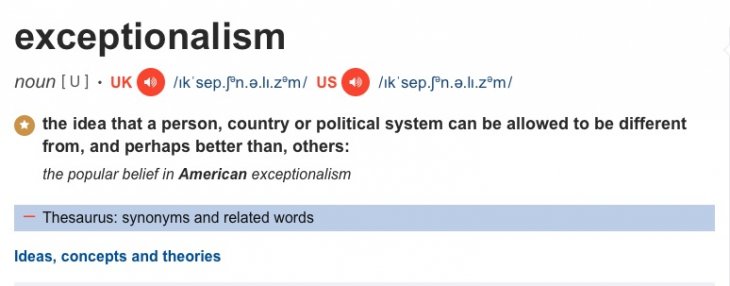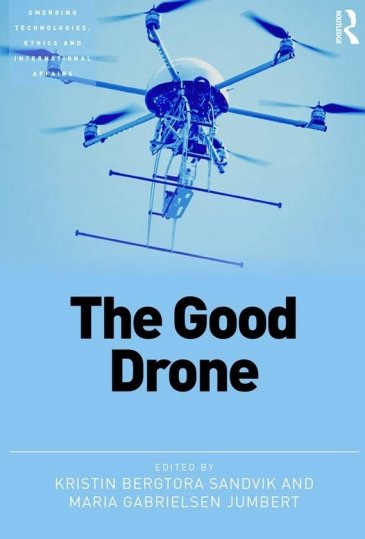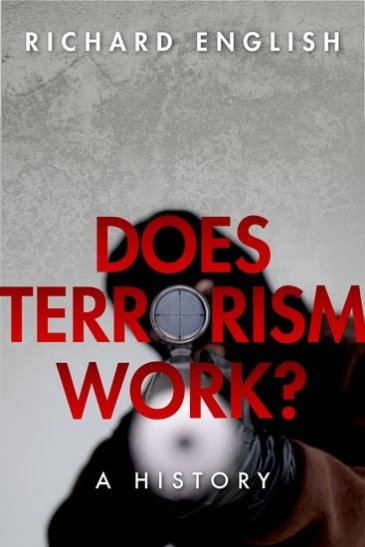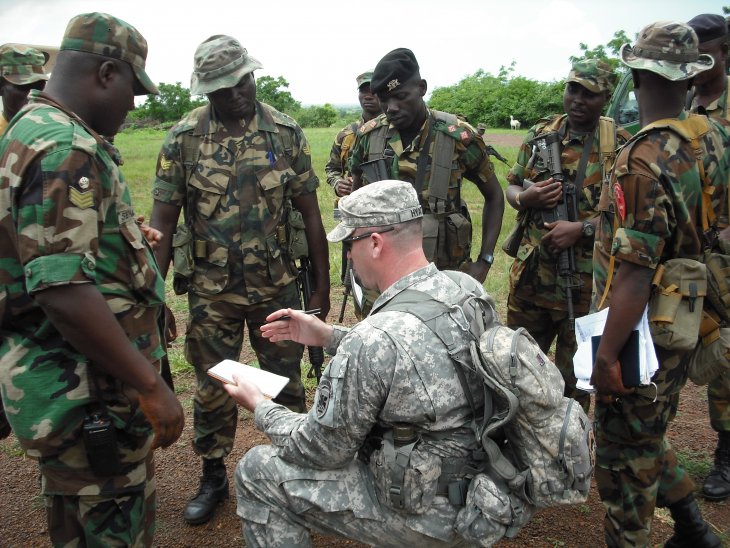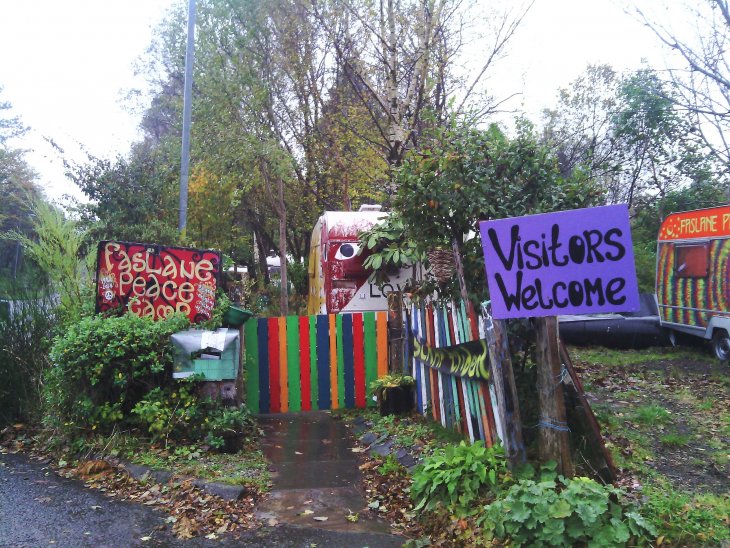One of the most noteworthy responses to the election of Donald J. Trump came from politically radical African-Americans. In light of the longue durée of racial supremacy and the experience of those exploited by America’s economic system, it was not surprising or exceptional that aracist, misogynist, xenophobic plutocrat could succeed the first black President of the United States. In contrast, very many white liberals were stunned that such a man could be elected in 2016. I was reminded of this discrepancy, the absence/presence of shock in response to what was conceived of as either a normal or exceptional event when reflecting on Jacqueline Best’s provocative article on ‘exceptionalism’.
 During the 2000s, several ‘critical security studies’ (CSS) scholars turned to theories of ‘the exception’ to understand how and why the Bush administration spoke of an ‘emergency’, an ‘extraordinary’, and ‘exceptional’ situation to justify its military and legal choices after the 9.11 attacks. Jacqueline Best’s ambitious aim is to unify CSS and ‘cultural political economy’ through returning the concept of ‘exception’ to its original economic roots. Such an account, she hopes, might overcome some criticisms of exceptionalism theory: the too narrow focus on security; neglect of ‘liberal political economy’; and related tendency to ignore the ‘social production’ of exceptionalism (380).
During the 2000s, several ‘critical security studies’ (CSS) scholars turned to theories of ‘the exception’ to understand how and why the Bush administration spoke of an ‘emergency’, an ‘extraordinary’, and ‘exceptional’ situation to justify its military and legal choices after the 9.11 attacks. Jacqueline Best’s ambitious aim is to unify CSS and ‘cultural political economy’ through returning the concept of ‘exception’ to its original economic roots. Such an account, she hopes, might overcome some criticisms of exceptionalism theory: the too narrow focus on security; neglect of ‘liberal political economy’; and related tendency to ignore the ‘social production’ of exceptionalism (380).
Best argues that there is a ‘similar logic at work’ in both security and economic exceptionalisms. In both discourses, political and economic elites attempt to define ‘the limit of normal politics’, to suspend ‘the norm (or the law)’, and then to put ‘the exception into practice’ (378, 376). As evidence, she refers to ‘the history of economic exceptionalism’ (377), which she locates in the late 19th- and early 20th- centuries United States, specifically the government’s use of martial law to crush labour strikes (381). In addition, there is a brief study of the US government’s justificatory discourse around the handling of aspects of the 2008 ‘financial crisis’.
An international political economy-centred genealogy of exceptionalism discourse would be most welcome. It is important and fascinating to ask under what circumstances elite actors claim that exceptional circumstances warrant a breach of what they present as the normal conditions of legal, economic, and political power. An account of the ‘social production’ of exceptionalism is certainly needed and Jacqueline Best must be one of the most qualified scholars to undertake such a study. But this is not the main focus in Best’s article. Instead, political economy is absorbed into a security/exceptionalism frame. In my view, this comes with great political, theoretical, and methodological costs.
Best is absolutely right that CSS is limited to the extent that it pays little to no attention to political economy. However, in adopting the concept of ‘the exception’, developed by Carl Schmitt precisely to evacuate class from his theory of the state, Best is in danger of doing the same. For example, the promising historical analysis of the role of martial law in assaulting labour activism quickly makes way for a summary of Michel Foucault’s bold statements about ‘security, economy, population’. Best then endorses Foucault’s troubling analysis of the rise of neoliberalism as a reaction to the ‘increasingly ‘coercive interventions’’ of Keynesian social democracy (387). The ‘problem of the 1970s’, on this account, ‘was that the apparatus of security had been too aggressive in checking the dangers of a free market’. Post-war state intervention in the economy ‘enabled the rise of Thatcher and Reagan and, ultimately, the move towards a far more radical form of economic liberalization’ (387).
The complex and deeply contingent class, raced, gendered, and ‘post’-colonial struggles that were part of the assault on social democracy and the rehabilitation of Hayekian economics in Chicago, Chile, then Washington and London are reduced, via Foucault, to a ‘failure’ of the ‘delicate balance’ between the needs of the ‘free market’ and the capacity of the security apparatuses to manage its exigencies. The effective erasure of the myriad struggles that actually account for the rise of neoliberalism is probably inadvertent in this article. But it chimes with Carl Schmitt’s explicitly anti-socialist and racist political agenda when he first developed the theory of the ‘exception’. Leading with a Foucaultian rather than a Schmittian frame does not appear to overcome this problem. There seems to be something inherent in the analytic of ‘the exception’ that privileges an elite political economy frame and that marginalises race and class.
This points to a bigger underlying problem with the ‘exceptionalism’ framework. It centres almost entirely on analysing elite discourses about what they are doing in times of elite-defined emergency. The problem is not with analysing elite discourses as such. But these discourses cannot be the main validation of our theoretical and empirical claims. That would be tautology. In Best’s analysis of ‘exception’ discourse in the 2008 financial crisis, elites are quoted making statements about the severity of a ‘crisis’; subsequent actions are thereby ‘taken out of the realm of political choice’ (384) to ‘justify the suspension of free market norms’ (385). But the argument that this discourse reflects some deep underlying logic of the exception, which is both the thing to be explained and the thing doing the explaining, is totally dependent on accepting elite terms of the crisis: that ‘free market norms’ were in fact operative and then suspended.
This is certainly how liberal capitalism presents itself, but that cannot be the basis of our evaluation of the financial crisis. The so-called ‘market’ under capital accumulation is and always has been highly managed in a deeply classed, gendered, raced, and geopolitical manner. This is not news to Jacqueline Best. However, for theories of the ‘exception’ to add any value depends on the claim that it is in exceptional moments that governments ‘decide’ who is and is not worthy of protection and inclusion, who is exposed and who is excluded. Yet, this is what happens all the time in economic management, in class management, in every budget produced in every finance ministry, as well during seemingly ‘extraordinary’ interventions in the economy when elite interests are threatened with collapse.
At this point in the debate around the utility of ‘the exception’ proponents claim that ‘the exception has become the norm’; if ‘free market norms’ are constantly suspended then the exception is always at work. But this defensive move is more concerned with preserving the analytic of ‘the exception’ than analysing the phenomenon itself, in this case the politics of a financial collapse. It is not persuasive. The analytic of ‘exception’ requires accepting that there is a politically and intellectually meaningful distinction between what is normal and exceptional. I’m not sure that gendered, raced and class-based analysis of capital accumulation allows for such a distinction, or at least makes one very difficult to justify. Jacqueline Best seems to be aware of this problem, pointing out that the main focus of the article is on ‘the use of exceptionalist policies by western, industrialized states’. She notes that there is a ‘rich literature on the recurrence of exceptionalism in developing economies, particularly in the context of western-driven development’ (388).
Underlying this distinction is the claim that while there might be constant economic crises in the global South this is not so in the North or ‘West’. ‘While we may forget it in moments of prolonged stability’, she writes, ‘capitalism has always been a volatile and crisis-prone form of political economic organization’. Yet, there is a ‘capacity of free markets to foster the good life through economic growth and [a] tendency to massively disrupt that good life through periodic crisis’ (382). Here Best is trying to have it both ways, acknowledging the crisis-prone nature of capitalism while also insisting that many do live the good life and this good life can be disrupted. In the end, what has to be central to the analysis of ‘exception’ is the appearance of ‘prolonged stability’ for political and economic elites. Many of those same elites were shocked at the election of Trump.
Best is absolutely right that CSS is limited to the extent that it pays little to no attention to political economy. Jacqueline Best has written an important article that will provoke debate across CSS and cultural political economy. But I am not convinced that much is gained from theories of ‘the exception’. If the fascist origins of such theories are not enough to discredit this framing, then its dependence on elite discourses of ‘crisis’ should be enough. I understand that Best is searching for a more satisfactory framework than old-fashioned analysis of ‘class war’. If the problem with such analyses, as Best claims, is that they are too ‘formalist’ and less able to account for the everyday workings of capitalism, then the solution is to work toward a less formalist and more empirically grounded analysis of ‘the tedious ongoing work that is required to produce’ class, gender, racial and geopolitical hierarchy (389). I remain to be convinced that an analytic of the ‘exception’ offers very much in that worthy endeavour.
Patricia Owens is Professor of International Relations at University of Sussex
